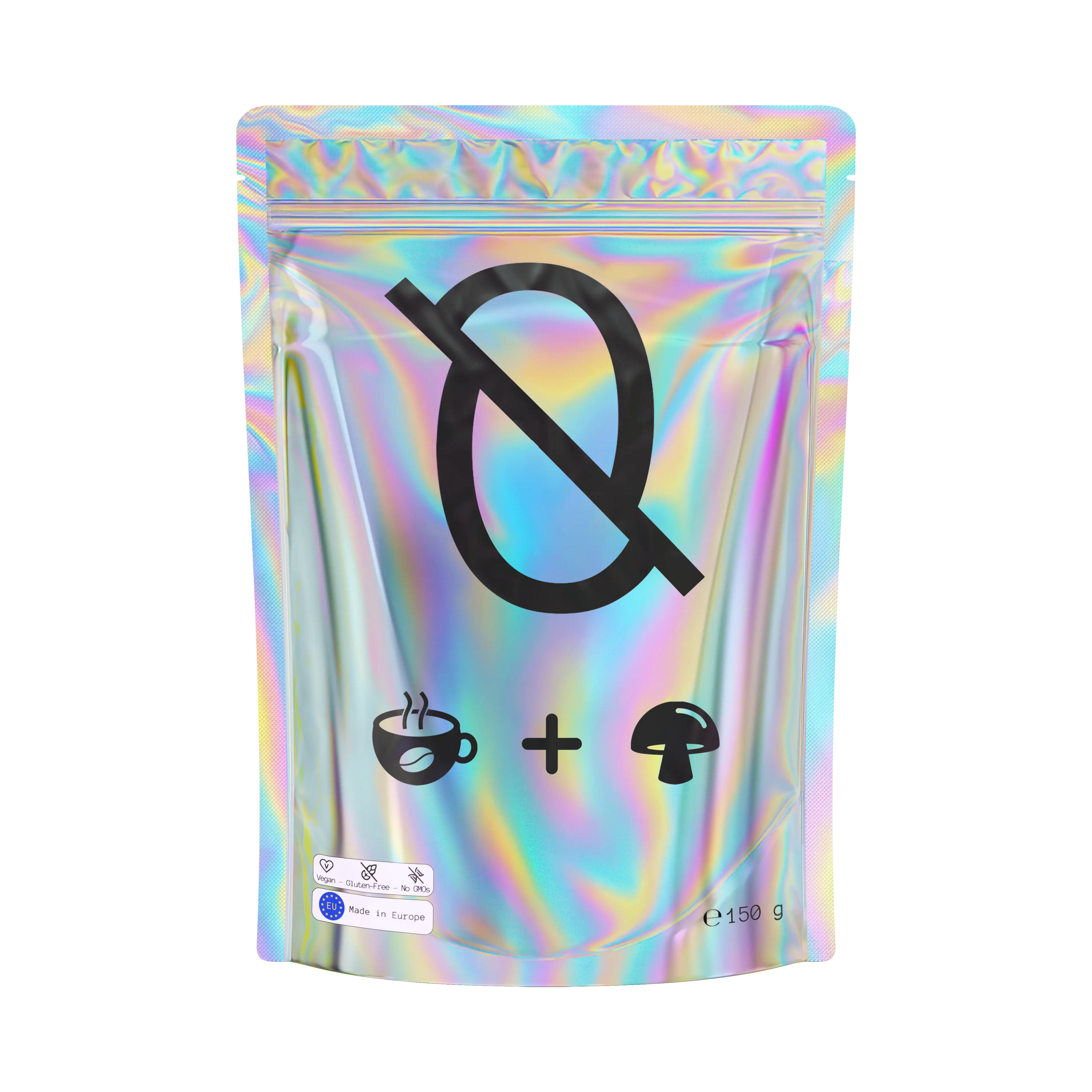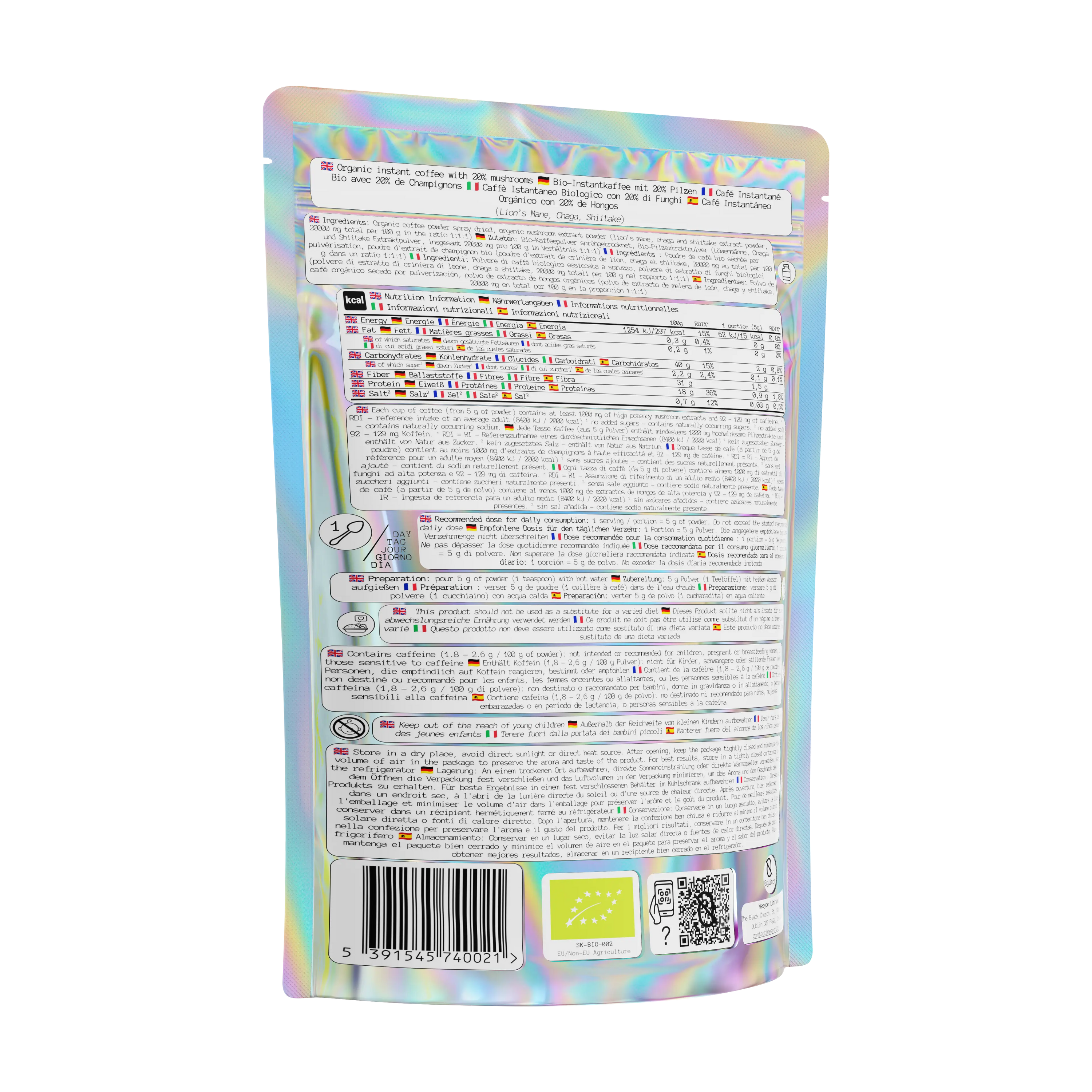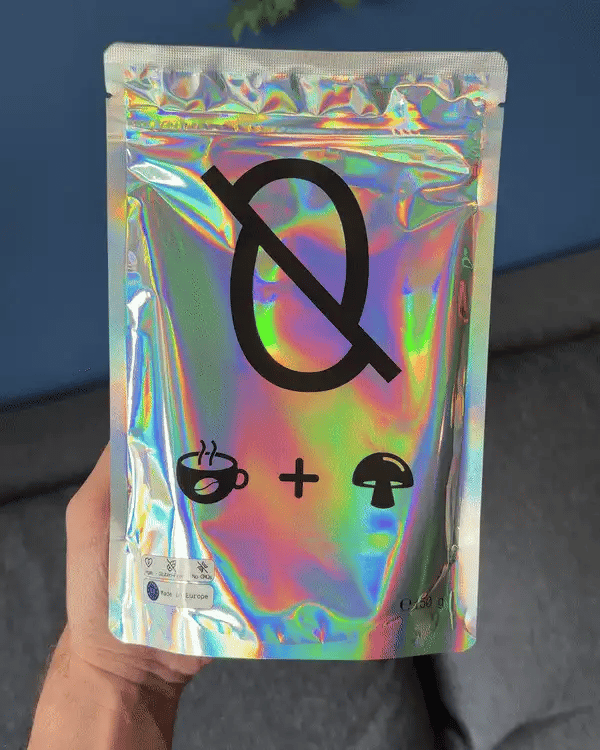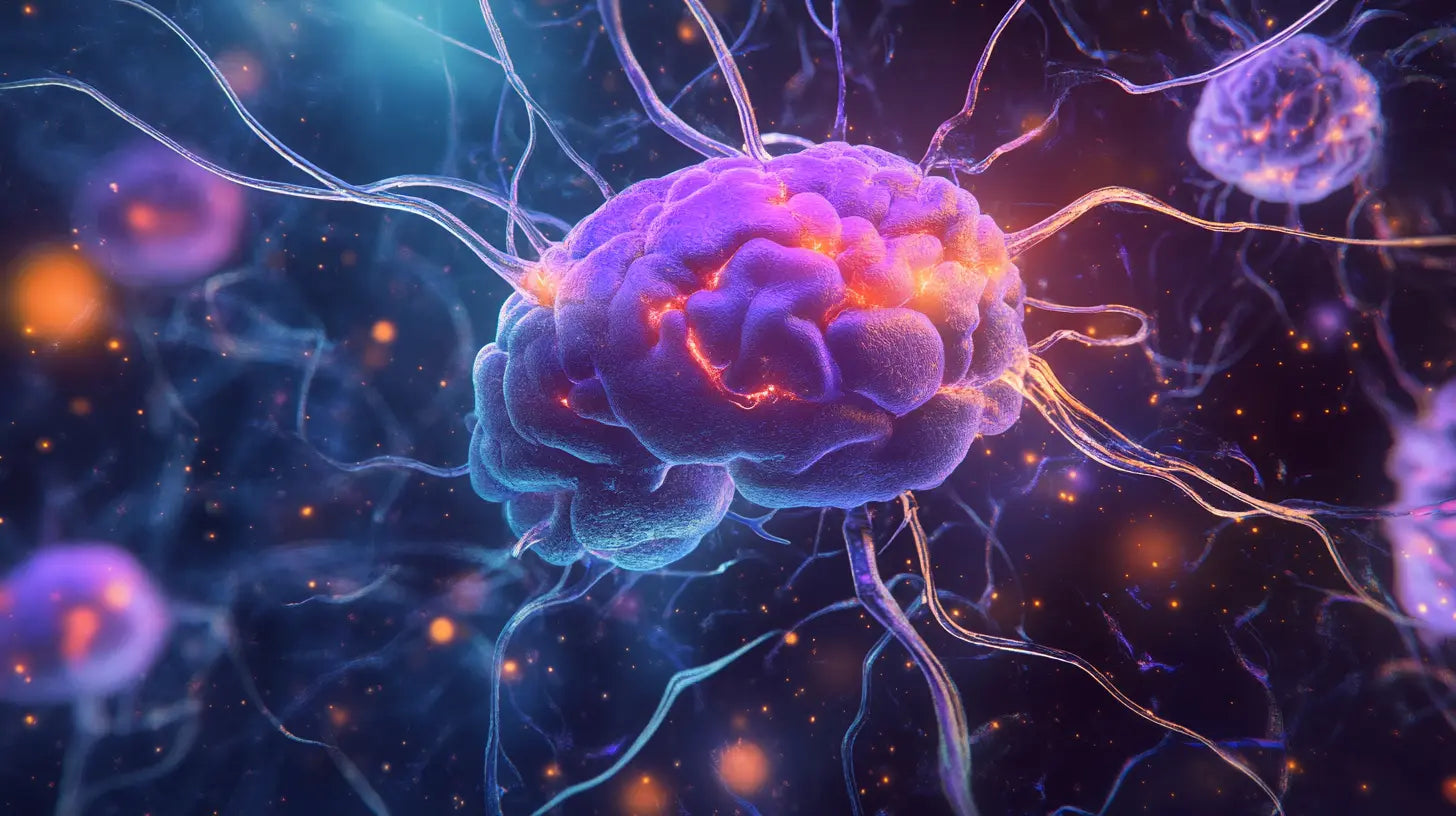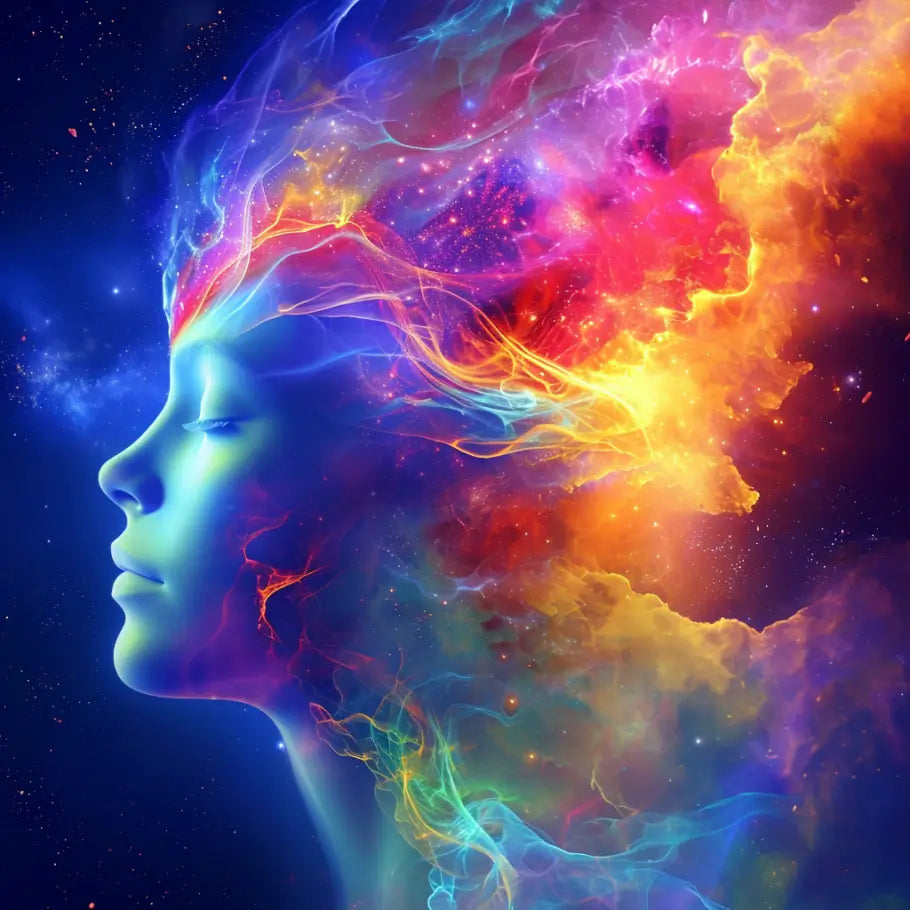
Unveiling the potential of psychedelic therapy
Psychedelic therapy might sound like a thing of the past, when in reality, it is swiftly becoming an increasingly promising therapeutic method for various mental health conditions, such as depression, addiction, and anxiety. In this article, we will discuss different aspects of psychedelic therapy, from its history to the latest scientific findings.
A Brief History of Psychedelic Therapy
The concept of using psychedelics for therapeutic purposes dates back hundreds of years ago, where indigenous cultures utilized substances like ayahuasca and psilocybin mushrooms in healing ceremonies. However, the modern era of psychedelic therapy began in the 1950s, when researchers started studying the potential medicinal uses of drugs such as LSD and psilocybin.
Unfortunately, as these substances became popular recreationally and were associated with counterculture movements and anti-establishment sentiments, they were classified as illegal drugs with very high risk potential and no accepted medical use. This classification led to a significant reduction in research on psychedelic therapy for several decades.
In recent years, with evolving perceptions and enhanced understanding of their potential benefits, there has been a resurgence in interest in psychedelic therapy. Numerous research studies have explored the effect of substances like LSD, psilocybin, MDMA, and ketamine in treating various psychological disorders, enabling scientists and professionals to delve deeper into the possibilities of these alternative treatments.
How Does Psychedelic Therapy Work?
Psychedelic therapy typically involves a professionally-guided session, during which the patient ingests a dose of a psychedelic substance. The purpose of a professional guide is to ensure a safe environment and provide emotional support to the patient throughout the session.
During a psychedelic experience, the user may confront thoughts and feelings that they have not previously accessed or dealt with due to the substance's ability to dampen restrictive thought patterns and create new connections in the brain. Additionally, it has been suggested that these substances may promote neuroplasticity, which could lead to lasting changes in cognition and mental health.
The Role of Serotonin and Neuromodulation
Many of the therapeutic effects of psychedelics are attributed to their interaction with serotonin receptors in the brain. Serotonin is a neurotransmitter that plays a crucial role in mood regulation, appetite, sleep, and overall well-being. Most classical psychedelics, like LSD and psilocybin, interact with and bind to the serotonin 2A receptor subtype, leading to neuromodulatory effects that include increased neural activity and connectivity among different regions of the brain.
Personal Insights and Perspective Shifts
One of the most profound elements of the psychedelic therapy experience is the potential for self-examination and introspection. Patients often report achieving significant insights into their emotional and psychological states, which can subsequently lead to shifts in perspective and lasting behavior changes. In some instances, patients might even experience spiritual or mystical experiences, further enhancing their sense of interconnectedness and empathy towards others.
Applications of Psychedelic Therapy
There has been a surge in scientific studies exploring various applications of psychedelic therapy in recent years. Some of the most prominent findings pertain to major depressive disorder, post-traumatic stress disorder (PTSD), addiction, and anxiety.
Treating Depression and Anxiety
Several studies have showcased the potential benefits of psychedelic therapy in treating depression and anxiety disorders. For instance, research with psilocybin, the active compound in magic mushrooms, has demonstrated rapid and sustained symptom improvement in patients with treatment-resistant depression. Additionally, studies on the potential antidepressant effects of ketamine have shown promising results and led to the development of a nasal spray based on esketamine, a cousin of the substance.
Research has also highlighted that psychedelic therapy may improve end-of-life anxiety and psychological distress for patients diagnosed with terminal illnesses. A study from NYU Langone Health found significant reductions in anxiety and depression among cancer patients who underwent psilocybin-assisted therapy.
Addressing PTSD and Addiction
Beyond treatment for depression and anxiety, psychedelics show promise when it comes to addressing post-traumatic stress disorder (PTSD) as well as alcohol and drug addiction issues. Research involving MDMA and PTSD has found substantial improvements in symptoms among participants receiving the treatment, paving the way for further exploration regarding its therapeutic use.
In cases of addictions, several studies suggest that treatment with psychedelics like psilocybin and ibogaine can lead to reduced cravings and fewer relapses. This alternative method could offer groundbreaking strategies for combating these challenging conditions.
Looking Towards the Future: Challenges and Opportunities
Despite the encouraging findings surrounding psychedelic therapy, certain challenges persist. Legal obstacles, stigma, and concerns related to safety continue to limit access to these treatments. However, advancements in research and progressive policy changes are slowly tipping the scales in favor of integrating psychedelic therapies into mainstream mental healthcare options.
As we move forward, there is no denying the importance of risk mitigation, rigorous research, and responsible implementation to ensure the safe and effective practice of psychedelic therapy as a viable, evidence-based tool for mental health care and personal growth.
0 comments
Disclaimer
The information in this article is for educational and informational purposes only. If this article discusses psychedelics, supplements, or wellness practices, it is not intended to promote, endorse, or encourage illegal activities or unverified health claims.
n0glitch does not sell or distribute psychedelic substances and does not provide medical, legal, or professional advice. Always consult a qualified healthcare provider before making health-related decisions.
Laws regarding psychedelics and supplements vary by country and region. Please research and comply with local regulations.

